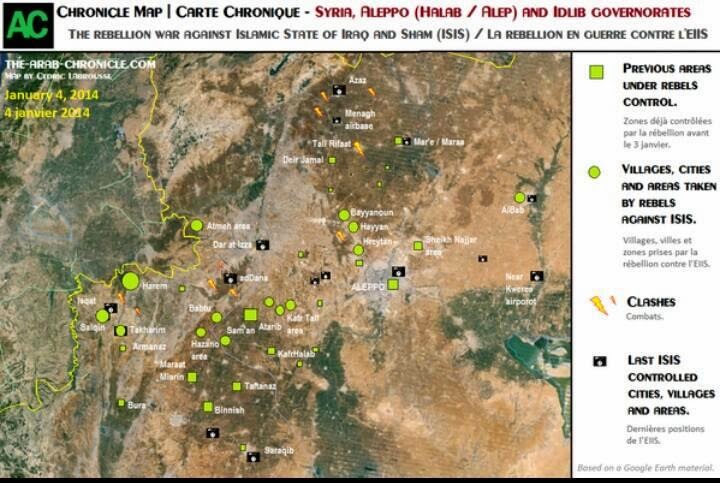When I was in Afghanistan I had some military friends do what I called a "battlespace inventory" (BI). The BI is a mental map of requested variables drawn on a loosely defined area called "the battlespace" along with areas of influence. This allows the map creator to show what they consider to be important, where these variables are, and more importantly reveals gaps to be studied. For instance, the drawer could show they only know of two of the three local rebel groups or reveal that they only have a loose idea of where the rebels are. And most interestingly, they could show that they only consider a ten mile-area as important even though they have been assigned a much larger area, or on the flip side they could show that they consider a whole zone under their influence while rebels hold most of the country side.
The BI was then compared with what I knew as the battlefield's "brain geographer". This way the solider could gauge what they need to be more aware of and areas of poor understanding.
Right now in helping out build up a parish I am about to redeploy the battle inventory as the Geography Inventory" (GI). I am going to be asking certain people to draw the nearby churches in the "local area". I will be using the GI to see what the church operators consider to be the local area, how far people will likely come from, what churches they are aware of, and what churches they are not aware of. I can then help them by filling in any gaps of knowledge.
As I continue to develop the GI in various field studies I will test out how variables like known urban/rural transportation barriers such as limited bridges over rivers, quantifying variables like bigger business versus mom-and-pop shops, demographics, etc. Finally, I desire to make the final steps of the GI to move beyond the mental map of one person to a group comparing each other's mental map and conducting field research to fill any gaps. The end goal is to have the customer more aware of their "battlespace". Greater knowledge of one's geographic surroundings and their competition will aid businesses and other groups in understanding where to focus efforts and even areas to avoid.
As this develops I will keep you all informed.












